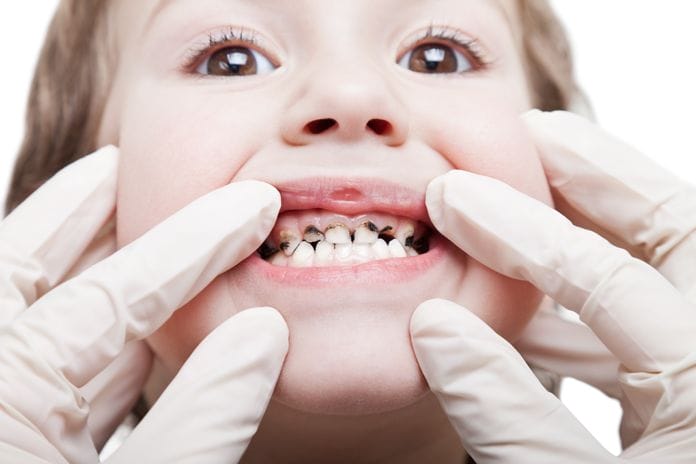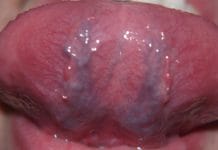Fluoride varnish shows great promise for preventing tooth decay in young children, according to recent findings by researchers at the Institute for Quality and Efficiency in Health Care. Below is more information about this important study and its implications for using fluoride varnish to protect the vulnerable teeth of young children.
What Is Fluoride Varnish?
Fluoride varnish is composed of concentrated fluoride mixed with a non-toxic, shellac base. The base, which consists of alcohol and resin, is sticky and instantly adheres to teeth after application. Fluoride varnish is commonly applied to the surface of the teeth by dental and medical professionals with a brush.
Once the varnish is in place, it cannot be easily removed by patients, and this makes the compound a particularly effective means of delivering sustained fluoride to the teeth. The advantage of this means of delivery is it enables practitioners to provide a consistent and relatively high dose of fluoride. Ultimately, teeth brushing will remove fluoride varnish, but not before it has performed its therapeutic role.
The Role of Fluoride Varnish in Preventing Caries
Fluoride varnish has been used in Europe for many decades to treat tooth sensitivity and to prevent caries formation. However, its introduction to the United States wasn’t until the 1990’s.
Fluoride varnish offers several benefits for patients, including its ability to help the teeth remineralize and its antibacterial action against S. Mutans and other caries-causing microorganisms. Further, fluoride varnish is relatively inexpensive, and its uncomplicated application makes it fast and simple for professionals to utilize. Finally, fluoride varnish is safe for use with all individuals, as the fluoride is instantly “locked” against the teeth and the likelihood of ingesting anything other than trivial amounts is low.
Fluoride Varnish Benefits Young Patients
Though fluoride varnish is known to be effective against tooth decay in older children and adults, its effectiveness in treating children six and younger had not been studied closely. Researchers at the Institute for Quality and Efficiency in Health Care explored this issue by performing a closer study of the use of fluoride varnish with patients ranging up to six years of age.
The rationale for performing the study is that enamel of primary teeth is known to be less mineralized thus making them more vulnerable to dental caries when compared to enamel of permanent teeth. The enamel of permanent teeth can be less mineralized, especially if the permanent teeth have recently erupted or if the permanent teeth are in close proximity to existing primary teeth. Since fluoride varnish was proven for use in preventing caries in older patients, researchers speculated it might also demonstrate tangible benefits in younger patients.
To perform the study, researchers began by analyzing multiple controlled trials involving nearly 10,000 children, of whom approximately half received fluoride varnish applications while the other half did not. Researchers also identified those patients who developed caries versus those who did not; all other outcomes, such as tooth loss and gingivitis, were disregarded for the purpose of the study.
Once the results were calculated, it became clear that young children who received fluoride varnish applications were less likely to develop dental caries than those who did not.
Moving Forward
The study conducted by the Institute for Quality and Efficiency in Health Care demonstrates fluoride varnish clearly offers benefits to recipients of all ages, including the youngest patients. Its use is advantageous for several additional reasons, including cost-effectiveness, safety, patient tolerance, and simplicity of application. Additional research will be useful for identifying whether fluoride varnish carries other long-term benefits for patients’ oral health.











